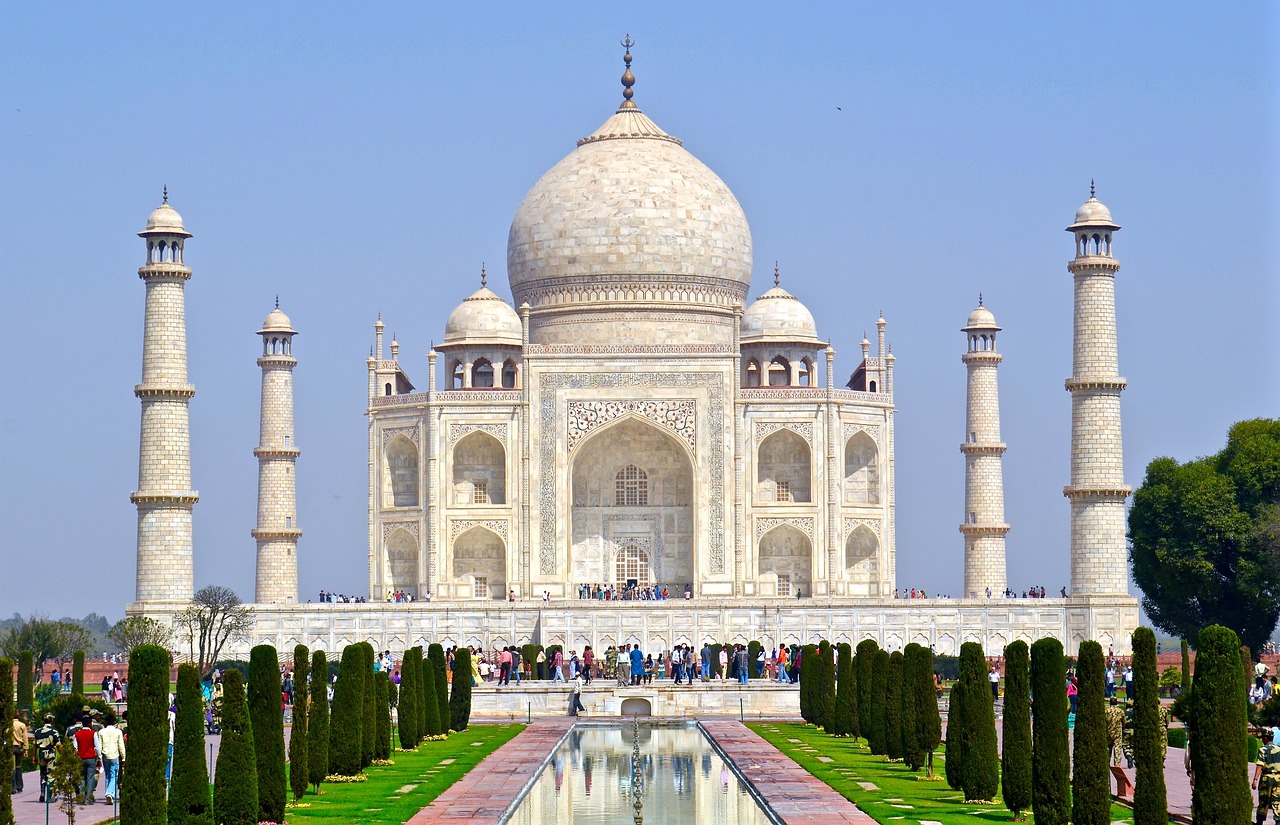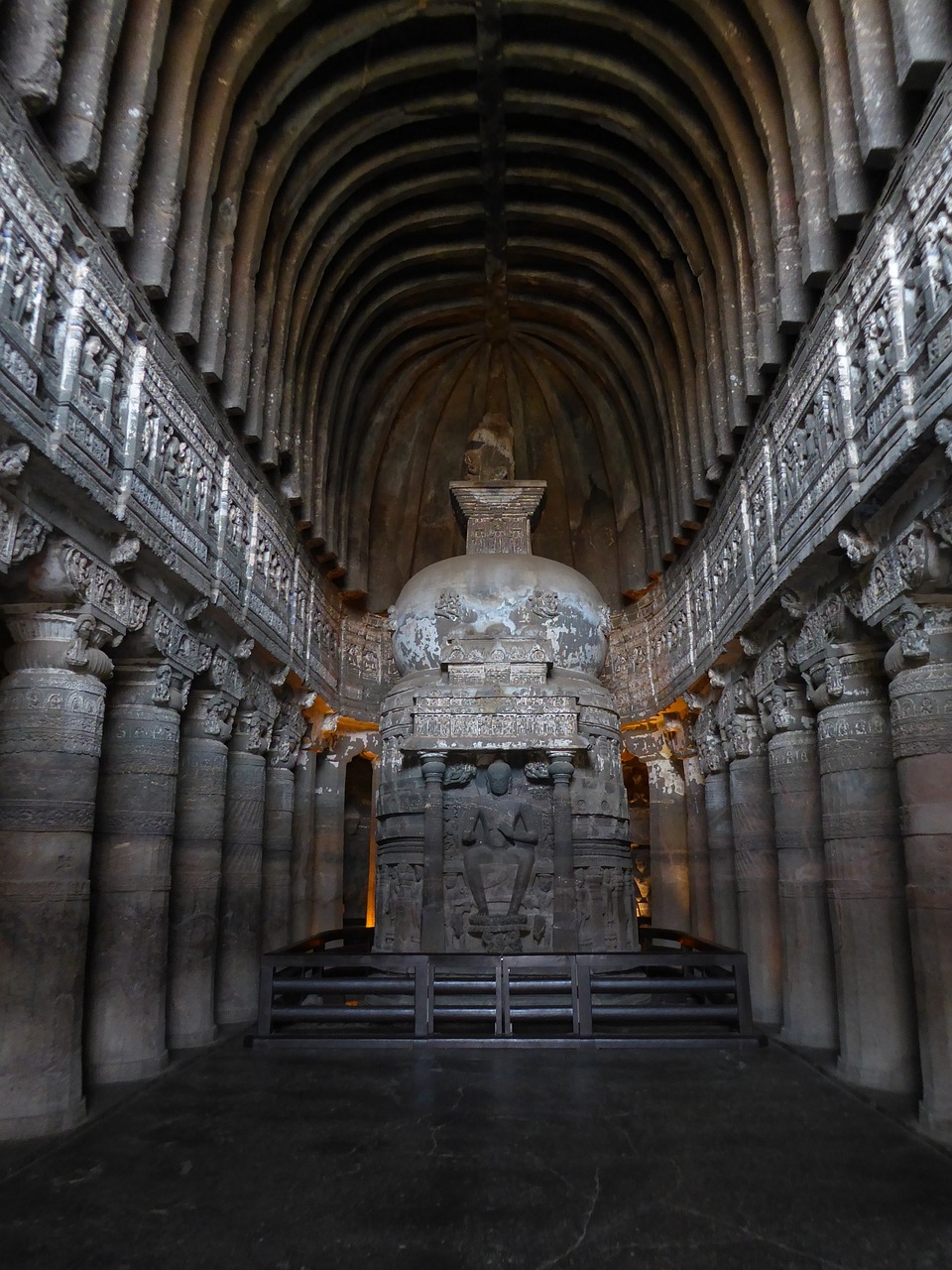Click on the tabs above for details on the itinerary, optional extensions, FAQs, cost and registration.
Register Here
Registration for this program will be handled by Buddhapath. All questions should be directed to Bina Aranha: bina@buddhapath.com
This program is full with a waitlist.
We invite you to join other CIMC practitioners on a transformative journey that will allow you to touch an ancient and diverse culture and civilization and experience the life of the Buddha through the places he lived and taught. When we visit the very places where the Buddha lived and taught, we discover deeper meaning in his teachings.
Co-led by CIMC Guiding Teacher, Narayan Helen Liebenson and Dharmacharya Shantum Seth, In the Footsteps of the Buddha is an unforgettable opportunity to explore areas that few tourists visit and to see and experience aspects of contemporary Indian life that, in many ways, have not changed since the time of the Buddha. We will create a traveling sangha of Dharma practitioners within which each person may deepen their practice and understanding of Buddhism. Your participation in this pilgrimage will support the Cambridge Insight Meditation Center*.
"With each step and breath, the Buddha comes alive. Shantum's knowledge, insight and humor brings joy to those journeying with him in the footsteps of the Buddha." ~ Thich Nhat Hanh
“Shantum's love of Buddha-dharma and in-depth historical understanding was a constant source of enrichment. For me the value of an 'outer' pilgrimage is the ability to nourish the 'inner' pilgrimage — travelling with Shantum did just that.” ~ Larry Rosenberg
The Buddha lived and traveled along the Gangetic plains in Northern India. Following his footsteps, our pilgrimage starts in Delhi and visits two states of northern India, Uttar Pradesh and Bihar. We will journey across the plains of the river Ganges to Bodh Gaya, where the Buddha attained enlightenment, and the Deer Park at Sarnath, where he gave his first teachings. We will visit his favorite meditation places such as Vulture Peak in Rajgir, the Jeta Grove at Sravasti where he spent rainy season retreats, and Kushinagar, where he passed away. We will also visit Lumbini, where he was born, and the palace at Kapilavastu, where he spent his childhood.
In addition to these places where the Buddha lived, we will visit monasteries, temples and shrines and take a gentle walk to the Dungasiri Mountain (Mahakala Cave) where the Buddha practiced his austerities. In Varanasi we will take a boat ride on the Ganges at sunrise. Starting our journey in Delhi, we will also visit the place where Mahatma Gandhi, the “father of India”, lived his last days. Gandhi was a man open to all cultures and religions but with a deep faith in his own; he reminds us of the Buddha in our living memory and personified a unique way of peaceful living and challenging the politics and status quo of his time. Two optional extensions are available at the end of this pilgrimage (for an additional fee): Building Love: Agra, the Taj Mahal and the Agra Fort and The Exquisite Caves: Ajanta and Ellora.
At each pilgrimage site along the way, Shantum will tell stories of the Buddha’s life and give teachings to help us understand the Buddha as a human being, the drama of his life and the significance of what he taught. Narayan will offer Dharma teachings to ground our journey in the contemplative life and support participants in cultivating wisdom and compassion as they meet the experience with open hearts. We will schedule time for daily sitting and walking meditation, regular discussions, and contemplative time. Our sangha will be an important aspect of this trip, giving the journey a greater cohesiveness and richness and building a supportive community for those seeking to deepen their practice.
India’s cities stand in contrast to her villages and have their own interesting (if seemingly chaotic) lifestyle. Varanasi and Bodh Gaya are both significant pilgrimage sites, having their own distinct character. In these places we get a closer view of how modern and traditional India co-exist. Kushinagar, Sravasti and Rajgir are smaller towns and relatively quiet, giving the pilgrims the opportunity to absorb the nuances of the local culture and society. Our pilgrimage will also include time with local people in cities and villages. We will visit the homes of both the poor and the privileged to get a sense of contemporary India with all its complexities, vibrancy, and challenges. Our understanding of the Buddha's teachings and our experiences in the places he lived and visited will allow us to meet what we witness fully and to examine our reactions and responses both from an external and internal perspective.
India is a place of contrasts: often crowded and impoverished, but also friendly, colorful, and magical. English is widely spoken, and transportation and infrastructure are good, but travelers must still expect the unexpected! A good sense of humor, flexibility, patience, and a sense of adventure will stand you in good stead.
We hope you will join Narayan Helen Liebenson and Dharmacharya Shantum Seth on this sacred pilgrimage.
* Buddhapath is generously donating a portion of program registration fees to benefit the Cambridge Insight Meditation Center.
Narayan Helen Liebenson is a guiding teacher at the Cambridge Insight Meditation Center where she has been teaching since it opened its doors in 1985. She is an Emeritus Guiding Teacher at IMS (the Insight Meditation Society) in Barre, Massachusetts, after serving as a guiding teacher there for twenty years. Narayan is the author of a small book entitled Life as Meditation, and The Magnanimous Heart: Compassion and Love, Loss and Grief, Joy and Liberation. Her training includes over 35 years in the Theravada tradition as well as ten years in the Chan tradition with the late Master Sheng-yen. She finds it a joy and a privilege to share the Buddha’s teachings with all who are interested.
Dharmacharya Shantum Seth, an ordained Dharma teacher in the Zen Buddhist lineage of Thich Nhat Hanh, is the foremost expert on sites associated with the Buddha and has been leading pilgrimages since 1988. He worked with the United Nations on volunteering, peace, and social development for more than 15 years, and was a Senior Advisor to the World Bank and on the Advisory board to the Minister of Tourism, on pilgrimage tourism. He has co-authored books such as Walking with the Buddha and been a consultant for films like BBC-Discovery’s Life of the Buddha and BBC-PBS’s The Story of India. He has been promoting mindfulness in education and with the police/paramilitary through the non-profit Ahimsa Trust.


